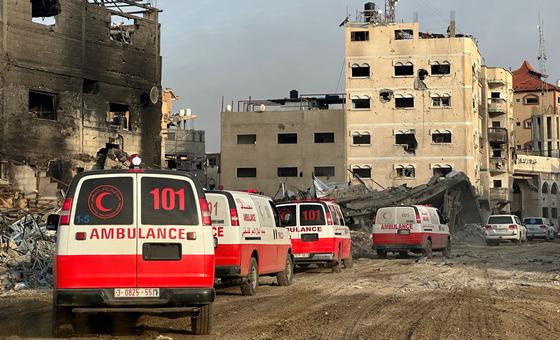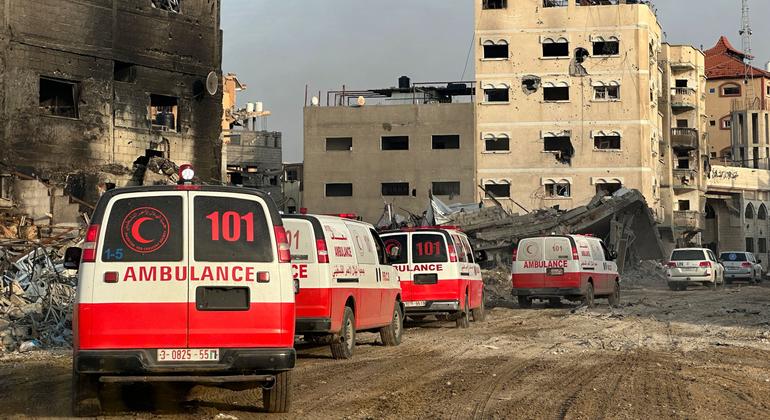
“Gaza has become a death zone,” Tedros Adhanom Ghebreyesus, WHO Director-General told correspondents at a press briefing in Geneva.
“Much of the territory has been destroyed. More than 29,000 people are dead; many more are missing, presumed dead; and many, many more are injured,” he added.
Across the war-ravaged Gaza Strip, severe malnutrition has shot up dramatically since the start of the war on 7 October, from under one per cent of the population, to over 15 per cent in some areas.
“This figure will rise the longer the war goes on and supplies [are] interrupted,” Tedros said, expressing deep concern that agencies such as the World Food Programme (WFP) are unable to access the north.
WFP suspended its aid deliveries there due to lack of security for both humanitarian personnel and those seeking assistance.
‘What world do we live in’
“What type of world do we live when people cannot get food and water, and when people who cannot even walk are unable to receive care?”, he lamented.
“What type of world do we live in when health workers are at risk of being bombed as they carry out their life saving work [and] hospitals must close because there is no more power or medicines to help save patients?”
He underscored the need for an immediate ceasefire, for hostages to be released, the guns to fall silent, and unfettered humanitarian access.
“Humanity must prevail,” Tedros said.
Hospital evacuations
Over the past three days the UN health agency and partners carried out several emergency missions to the Nasser medical complex in Khan Younis, southern Gaza, to evacuate critically ill patients, including children.
“With the intensive care units no longer working, WHO helped move patients, many of whom cannot even walk,” Tedros said.
Around 130 sick and injured patients and at least 15 doctors and nurses remain in the hospital, amidst ongoing Israeli military operations, no electricity and running water and dwindling lifesaving medical supplies.



